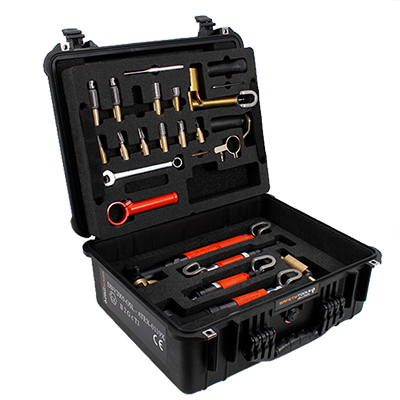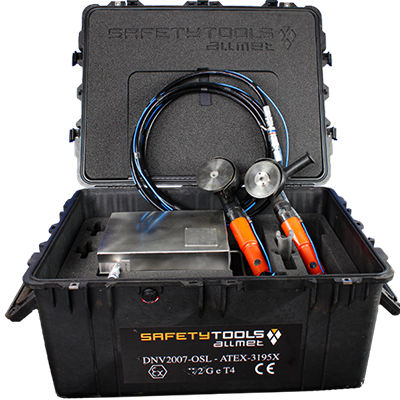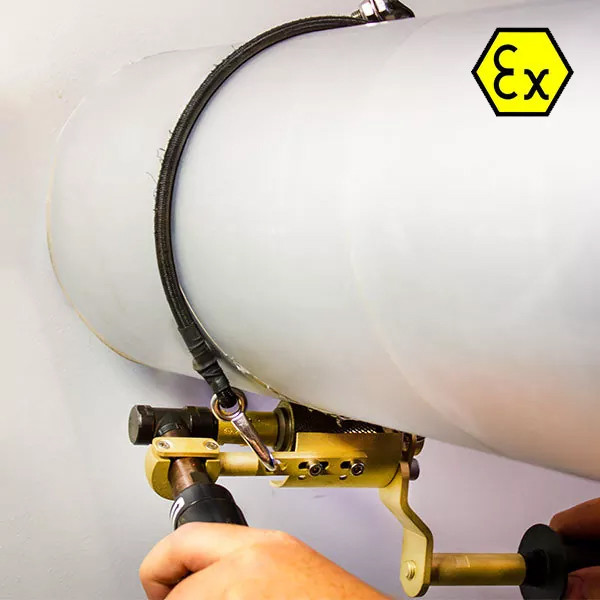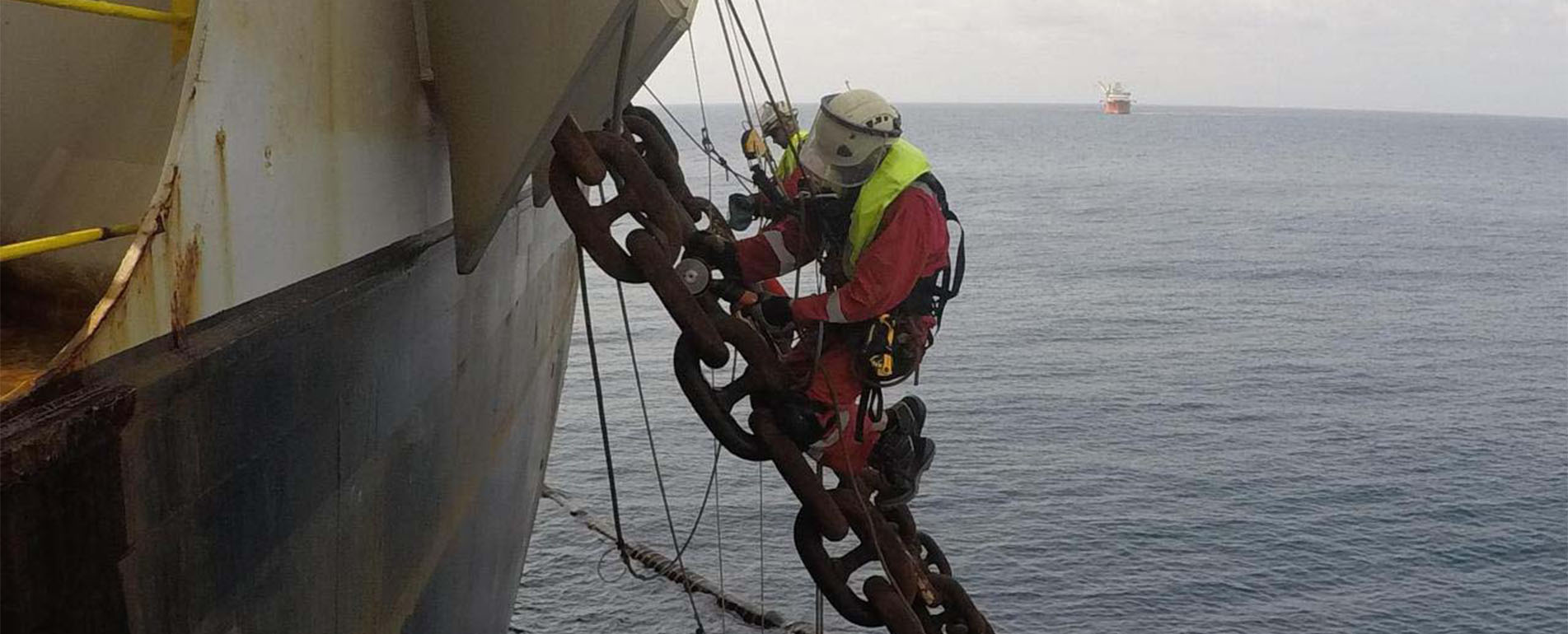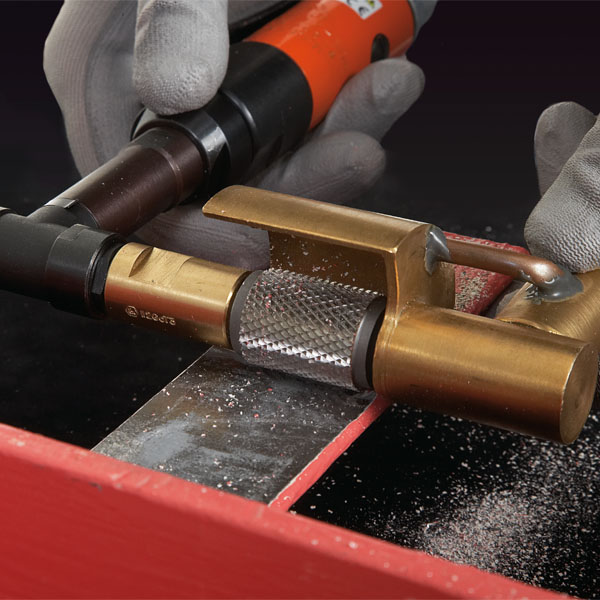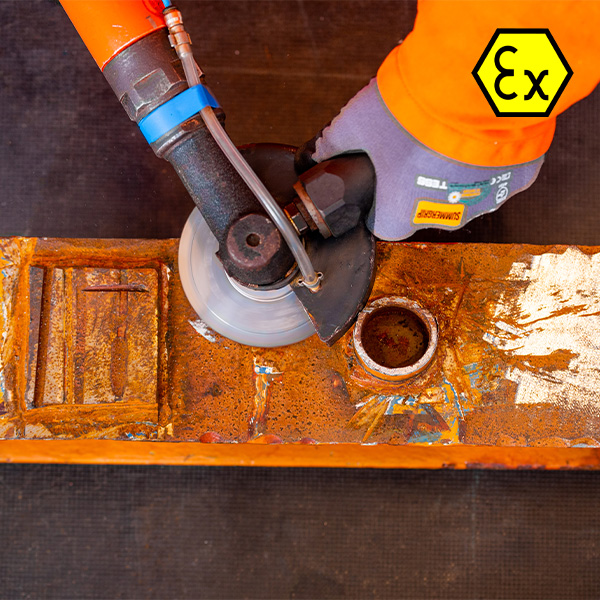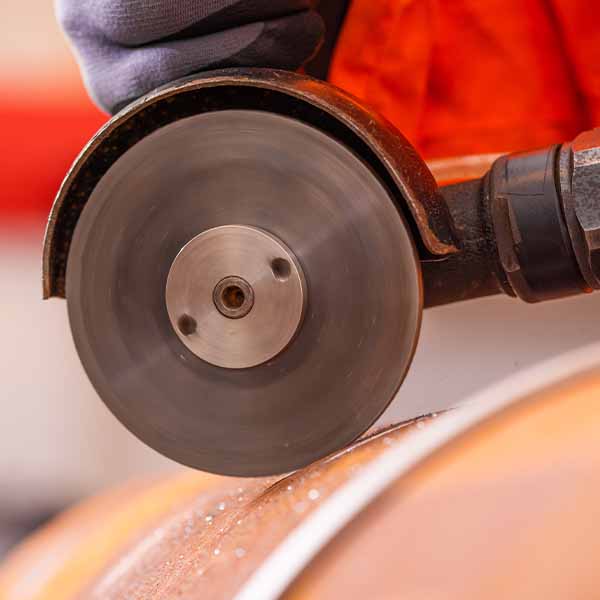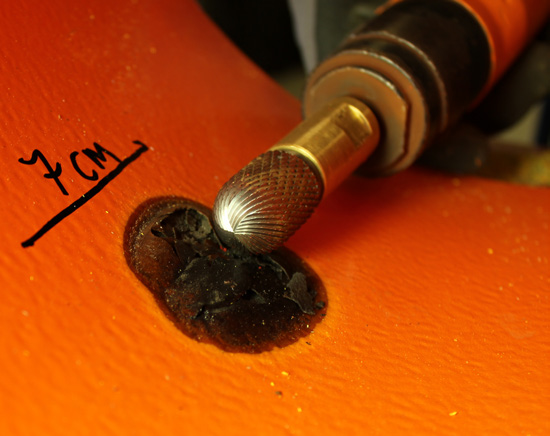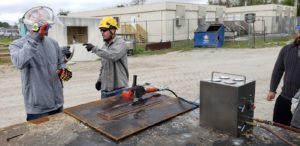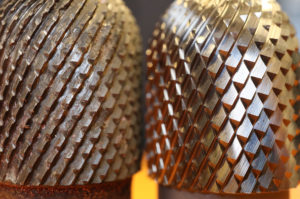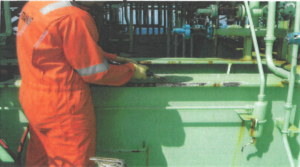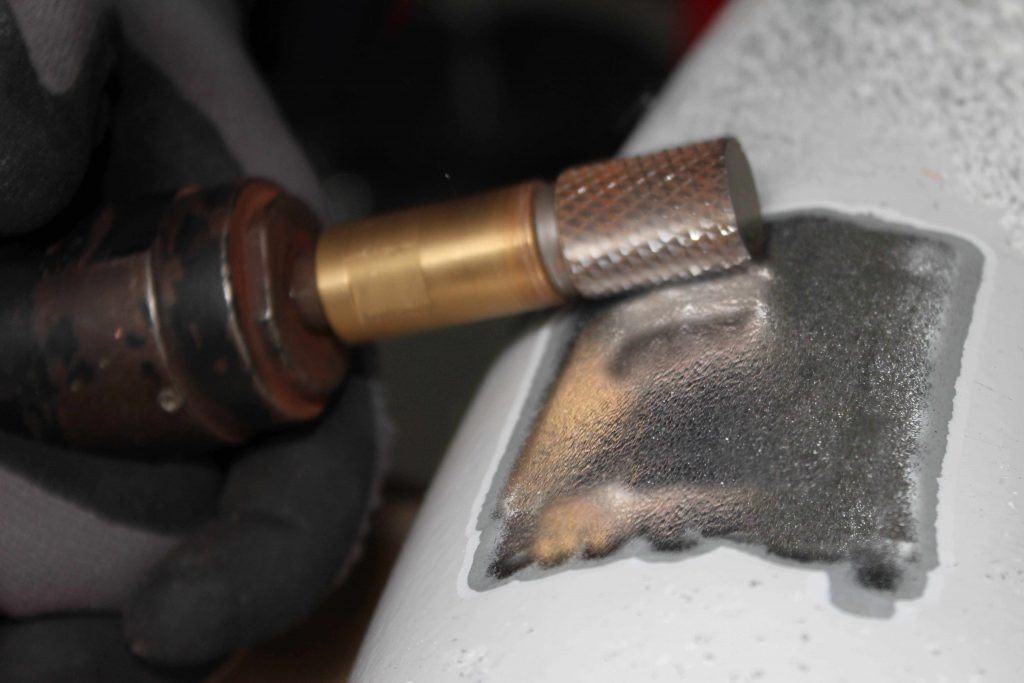Spot repair maintenance
Spot repair maintenance on coatings is a constant process. In actual fact it is a necessity in order to ensure the coating system is performing optimally and protecting the underlying asset substrate.
Spot repair involves the removal of damaged or deteriorated part of the coating, and the associated contamination followed by replacement with a new coating. This helps to extend the life of the coating system with minimal intervention.
The alternative is a complete renewal of a coating system that has deteriorated beyond practical spot repair due to lack of maintenance. So of course the option to perform regular spot repair is a smart one.
We have all experienced the use of conventional grinding discs for surface preparation during spot repair of paint on steel. There are either metal or flexible pads and depending on the area of use, one could work better than the other. Feathering of the adjacent sound coating in the spot repair area is also a very good use case for grinding discs. The speed coupled with the ease make them a popular choice.
However, it must be remembered that the friction generated during the localized repair, considerably raises the substrate temperature around the contact point and the immediate vicinity. Not to mention the flying sparks that tend to land on the adjacent sound coating. The risk from sparks can of course be mitigated with proper masking. Use of water (if allowed) during grinding, could help in dissipating some of the heat generated. However, it does come with a potential problem of flash rusting of the prepared area.
Temperature measurements on the substrate in the grinding areas have been found to be in the range of 500-1000°C
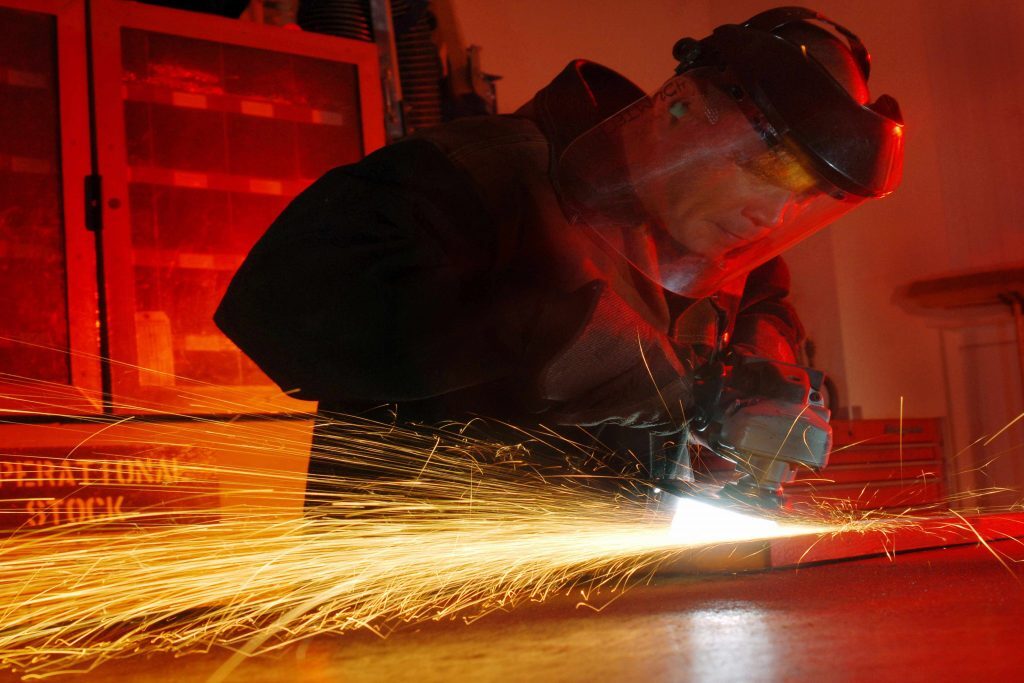
Conventional grinding
Coatings and surface preparation
Most of the coatings encountered in the industry nowadays can tolerate dry heat exposure of up to 120°C. Some are higher than others. Inorganic Zinc or Silicone Aluminum is capable of higher exposure, of course. However, in general, the epoxy workhorses of our industry have an upper limit exposure of 150°C for short-term exposure. It is not practical for surface preparation workers to walk around with a temperature gauge to measure substrate temperature during the treatment process. Which means it doesn’t get recorded.
Given the above, should we then be concerned about exposing the sound coating in the vicinity of the spot repair to temperatures higher than 150°C? Would these heat-affected coating areas become a weak link in the system and need another repair in the near future? A vicious circle indeed!
And, let’s not start with the smooth polished surface created by the grinding discs that deter adhesion of the spot repair coating due to lack of surface profile. That’s a whole new can of worms.


